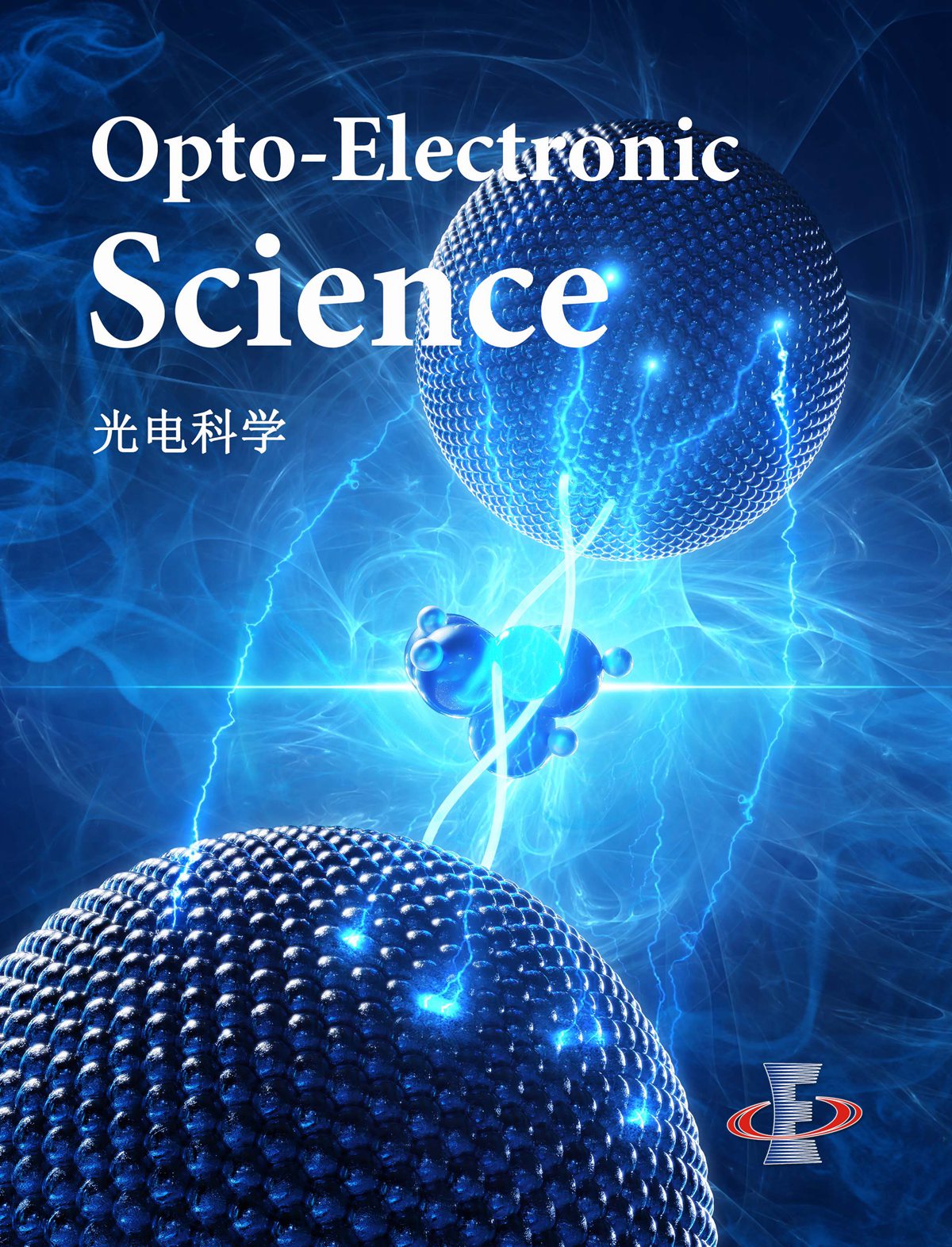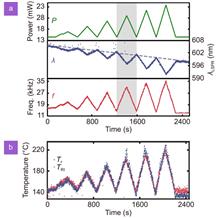 View fulltext
View fulltext
Optical nanoparticles are nowadays one of the key elements of photonics. They do not only allow optical imaging of a plethora of systems (from cells to microelectronics), but, in many cases, they also behave as highly sensitive remote sensors. In recent years, it has been demonstrated the success of optical tweezers in isolating and manipulating individual optical nanoparticles. This has opened the door to high resolution single particle scanning and sensing. In this quickly growing field, it is now necessary to sum up what has been achieved so far to identify the appropriate system and experimental set-up required for each application. In this review article we summarize the most relevant results in the field of optical trapping of individual optical nanoparticles. After systematic bibliographic research, we identify the main families of optical nanoparticles in which optical trapping has been demonstrated. For each case, the main advances and applications have been described. Finally, we also include our critical opinion about the future of the field, identifying the challenges that we are facing.
Spiking neural networks (SNNs) utilize brain-like spatiotemporal spike encoding for simulating brain functions. Photonic SNN offers an ultrahigh speed and power efficiency platform for implementing high-performance neuromorphic computing. Here, we proposed a multi-synaptic photonic SNN, combining the modified remote supervised learning with delay-weight co-training to achieve pattern classification. The impact of multi-synaptic connections and the robustness of the network were investigated through numerical simulations. In addition, the collaborative computing of algorithm and hardware was demonstrated based on a fabricated integrated distributed feedback laser with a saturable absorber (DFB-SA), where 10 different noisy digital patterns were successfully classified. A functional photonic SNN that far exceeds the scale limit of hardware integration was achieved based on time-division multiplexing, demonstrating the capability of hardware-algorithm co-computation.










